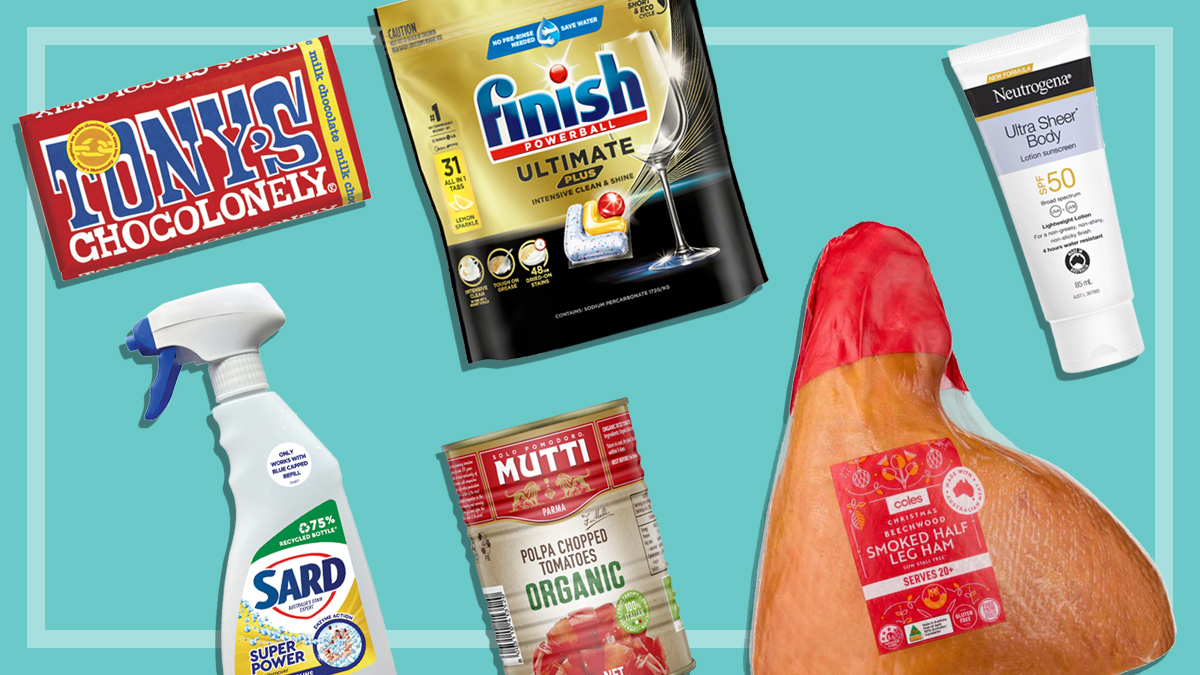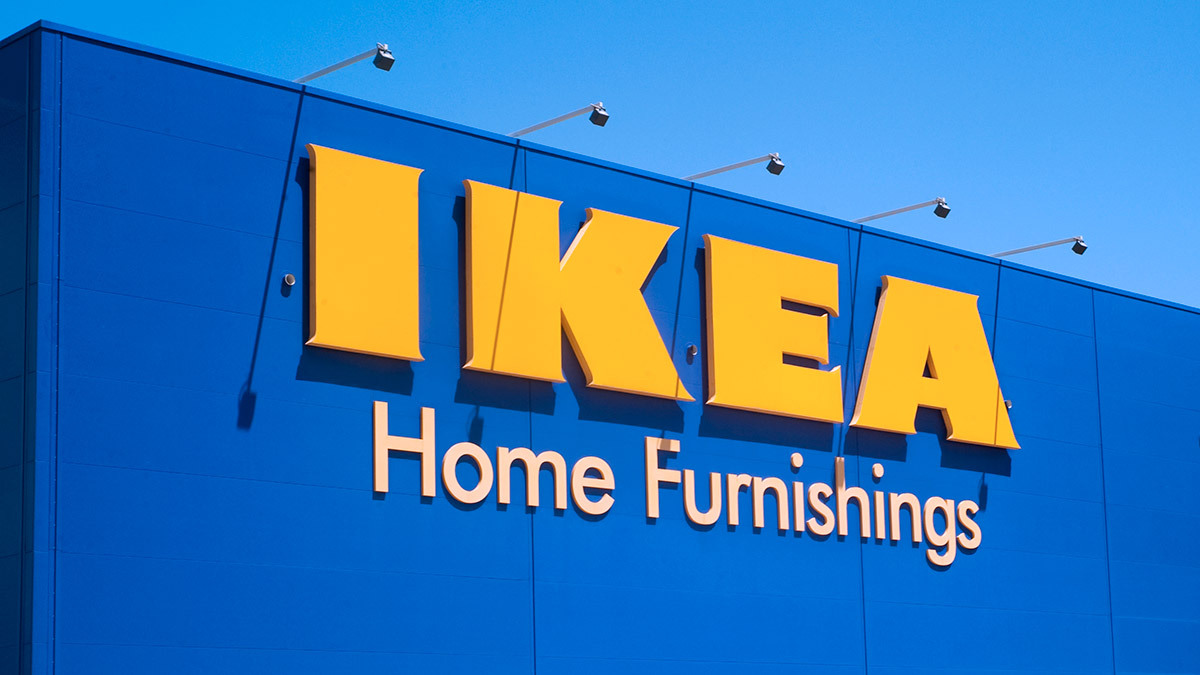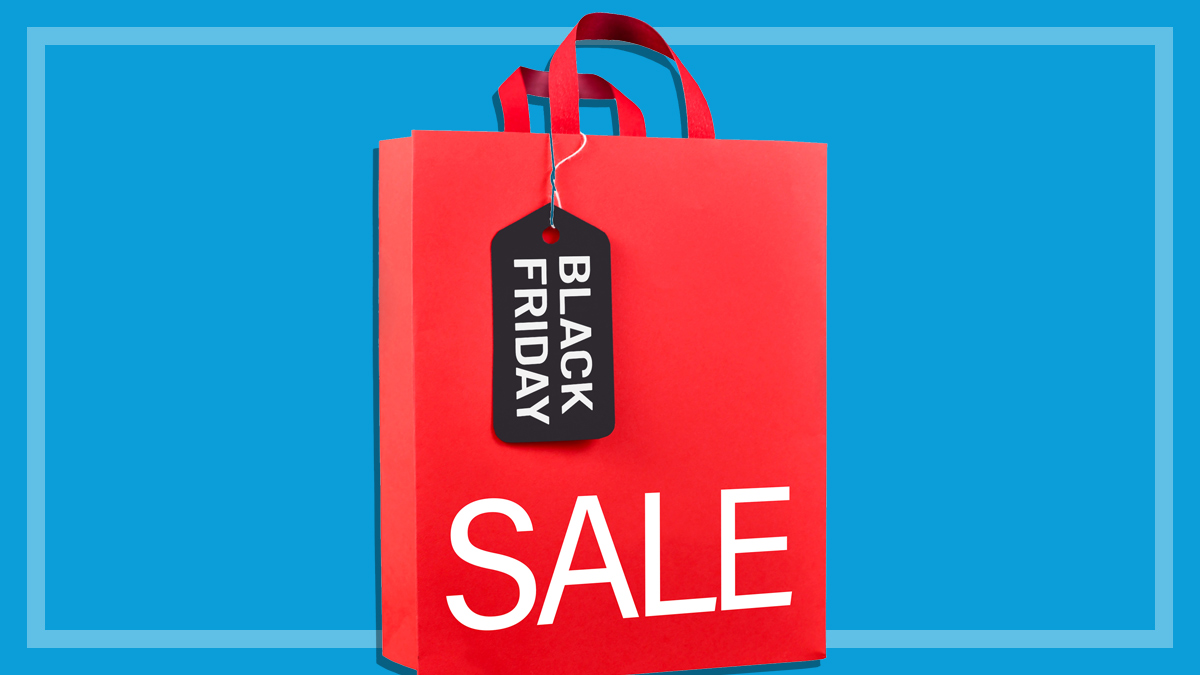Get our independent lab tests, expert reviews and honest advice.
5 reusable swaps for everyday items
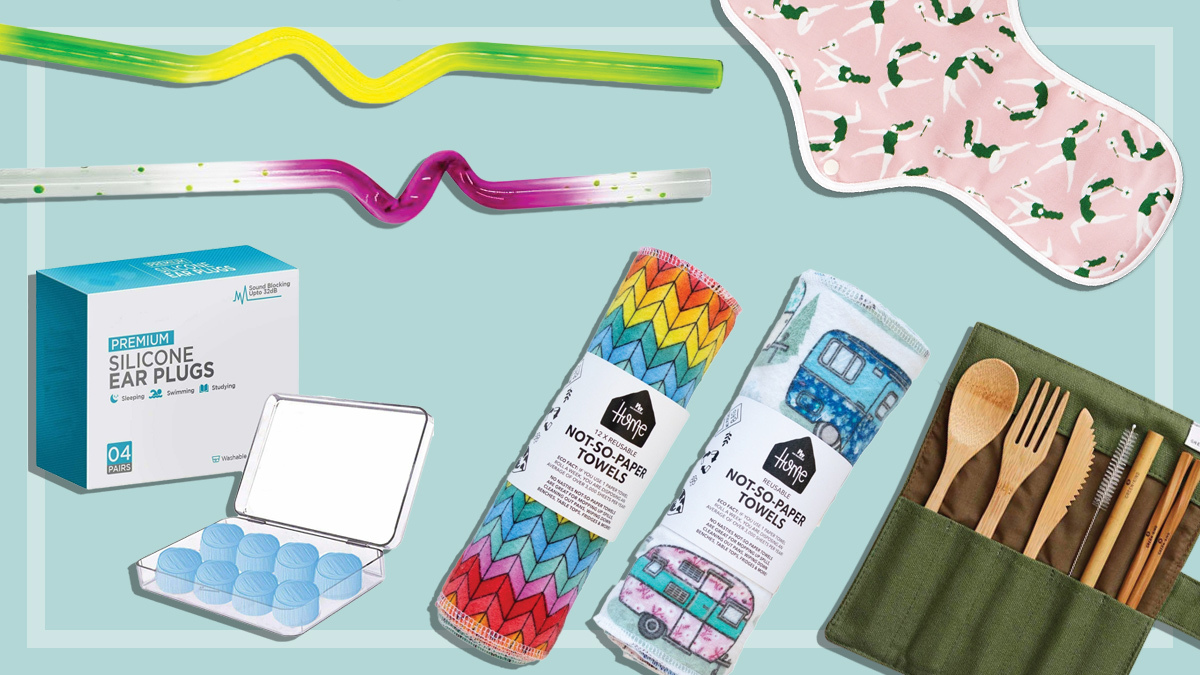
It’s no secret that the world has an addiction to consumption. In fact, Australians alone throw away 67 million tons of waste every year.
“We live in a disposable society; we consume, consume, consume and then we throw things away,” says Katherine Hynes, co-founder of eco store Asiki, who runs workshops to help people reduce their waste.
“But here’s the big kicker. There’s no magical place called ‘away’. Most of these items end up in landfill.”
Fortunately, there are more and more reusable products coming onto the market every day, to help consumers cut back on single-use plastics.
You may already own or be aware of the benefits of reusable coffee cups and water bottles. Here we look at five other reusable swaps you can make, along with their pros and cons.
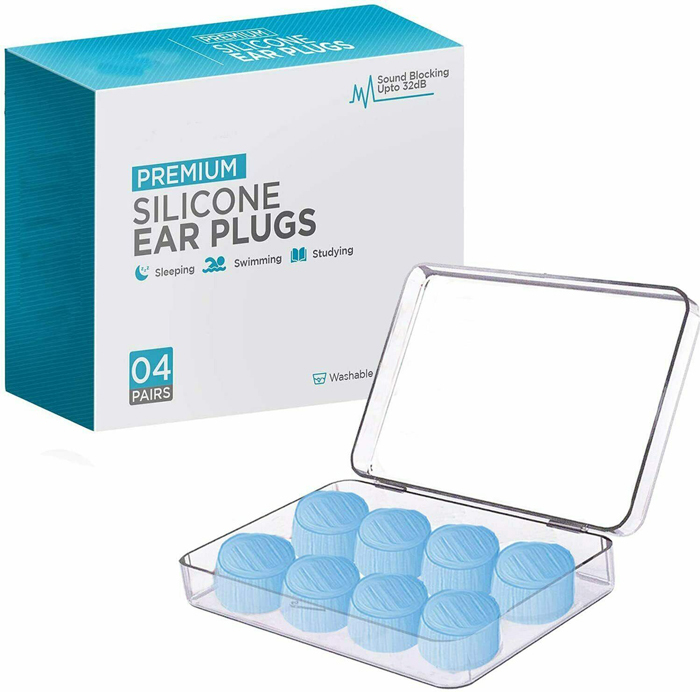
1. Reusable silicone earplugs
Brands include: Earjobs, Otifleks, Kuyax
What it is: Earplugs made from washable silicone instead of disposable foam.
Cost: Earplug prices vary depending on the material and their intended use. Earjobs’ own-brand pack of six silicone-putty earplugs retails for $9.95, plus shipping. Otifleks’ silicone earplugs will set you back $4.95 for two pairs.
Suggested uses: Different brands recommend their earplugs for different purposes, but generally silicone earplugs aren’t recommended for loud noise reduction. They’re most suitable for sleeping or for keeping water out of your ears when swimming. But earplug choices are very personal and different things work for different people.
We consume, consume, consume and then we throw things away. But … there’s no magical place called ‘away’
Katherine Hynes, co-founder of eco store Asiki
Pros: Because you can use them a few times, you’ll create less landfill than if you’re churning through a pair of foam plugs every day.
Cons: Silicone earplugs aren’t necessarily the best choice in terms of reuse. “They’re a great alternative but not perhaps as reusable as you might think,” says Peter Walsh, customer service manager at Australian earplug specialist store, Earjobs. “A standard set of silicone plugs from the chemist lasts three to 10 uses.”
He says that although the initial outlay is higher, a more durable, reusable plastic pair may be a better option. “The reusable plugs last six to 12 months if properly taken care of,” he says.
“Obviously these will still end up taking a while to decompose, but the benefit of a reusable plug is that you’re using far less of them each year than someone who’s using a pair of foams a day.”
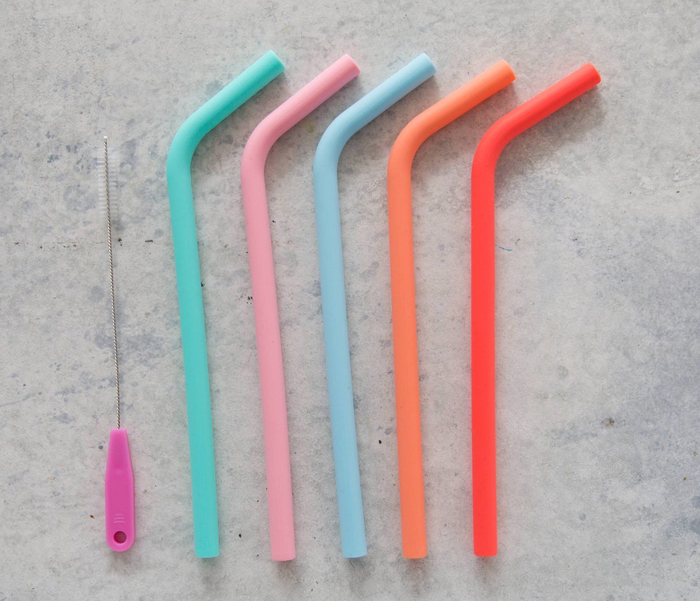
2. Reusable straws
Brands include: Suck It Up, Biome, Alyce Alexandra, Eco Straw Sale and many more
What it is: Reusable drinking straws are available as an alternative to plastic disposable straws and come in a range of materials including stainless steel, silicone, bamboo and glass.
Cost: Costs vary according to materials, and whether or not they include a carry case and/or cleaning brushes. Suck It Up sells a range of reusable straws, including individual silicone options for $3.50 each. Biome sells a pack of four stainless steel straws with a carry case and cleaning brush for $13.95.
It’s often quoted that Australians use 10 million straws a day
Suggested uses: You can use reusable straws for drinking cold liquids (or hot, with care) in place of a regular plastic or paper straw.
Pros: No one knows exactly how many plastic straws we throw away – or even use – each day. But it’s often quoted that Australians use 10 million straws a day. So switching to a reusable option has obvious environmental and marine benefits.
Cons: Most reusable straws claim to be dishwasher-safe, but it’ll take more than just a quick run through the wash to get them properly clean. Most need regular scrubbing with a specially designed thin brush (a bit like a bottle brush) to prevent a build-up of unpleasant gunk. There are also some safety concerns around metal straws, as their rigidness has been known to cause injury and even death.
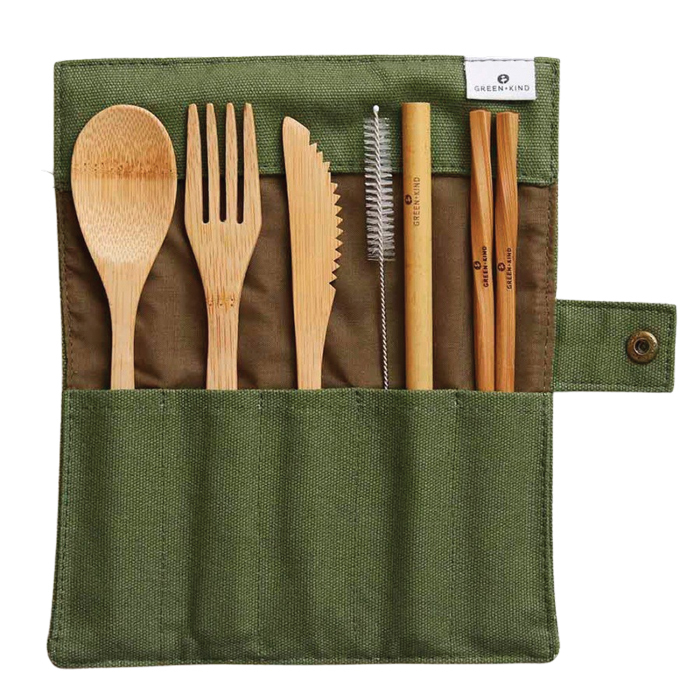
3. Reusable bamboo cutlery
Brands include: Green + Kind, White Magic, Life Basics
What it is: Portable cutlery has come full circle – from highly unsustainable throwaway plastic to more sustainably produced and biodegradable wood and bamboo. Now, bamboo cutlery has been made more durable so that you can reuse it. In terms of sustainability and convenience, this basically makes it similar to regular metal cutlery you use in your kitchen every day.
Cost: The kits from all three brands mentioned above contain the same items: knife, fork, spoon, chopsticks and a straw, stored in a cloth carry case. They vary in price from $11.97 to $19.95.
Suggested uses: Reusable bamboo cutlery is handy to keep in your bag for when you order takeaway, so you can say no to the plastic cutlery offered. It’s also lighter than carrying metal cutlery and handy for picnics, or for keeping in a desk drawer for work lunches.
Pros: Compared with its plastic predecessors, reusable and washable bamboo cutlery is undoubtedly the greener choice.
Cons: In practical terms, you may as well just buy a set of metal cutlery, or borrow what you need for the occasion (such as a picnic) from your own kitchen drawer. Metal will always be easier to use, better at cutting, and probably doesn’t ever need to be thrown away – whereas even a durable bamboo set will blunt, stain or otherwise deteriorate over time.
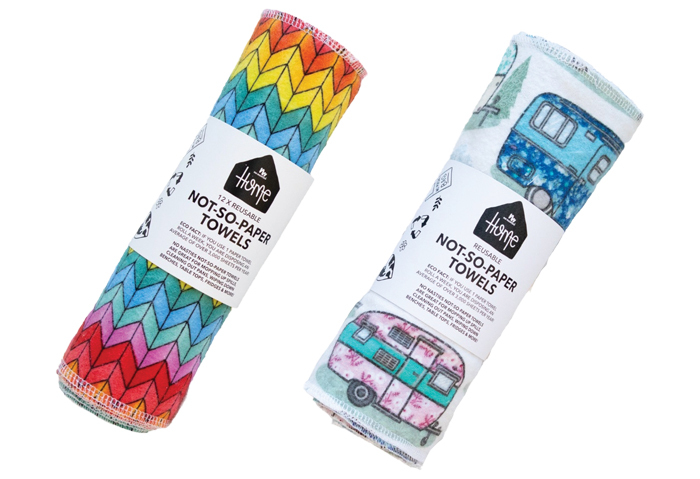
4. Reusable kitchen towels
Brands include: No Nasties, Wrappa, Asiki, Taradale Kitchen Co
What it is: Reusable kitchen towels – also called ‘unpaper’ towels – are absorbent, machine-washable cotton flannel cloths. You can store them like a paper towel wrapped around a cylindrical holder for added convenience.
Cost: No Nasties’ 12-pack of ‘not-so-paper towels’ costs $59.95. Taradale Kitchen Co. sells a six-pack for $27 and a 12-pack for $49.
Suggested uses: The manufacturers suggest you can use these cotton paper towels exactly as you would ordinary kitchen towels: for spills, benchtops, kids’ grubby fingers and cleaning windows. They’re all machine-washable and should last several years.
There’s also no real reason not to make them yourself – you could simply cut up an old towel to do the same job
Pros: The price may seem high at first, but if you do the maths, they could be an economical option. According to No Nasties’ calculations, a three-pack of paper towels at the supermarket can cost about $4.50. So a family that tears through one of these packs a week will spend $234 a year.
Cons: These reusable paper towels are basically cotton washcloths. If you don’t machine wash them after every use, and end up leaving them on the kitchen bench between uses (as many people will), they may retain odours, stains and germs. There’s also no real reason not to make them yourself – you could simply cut up an old towel to do the same job.
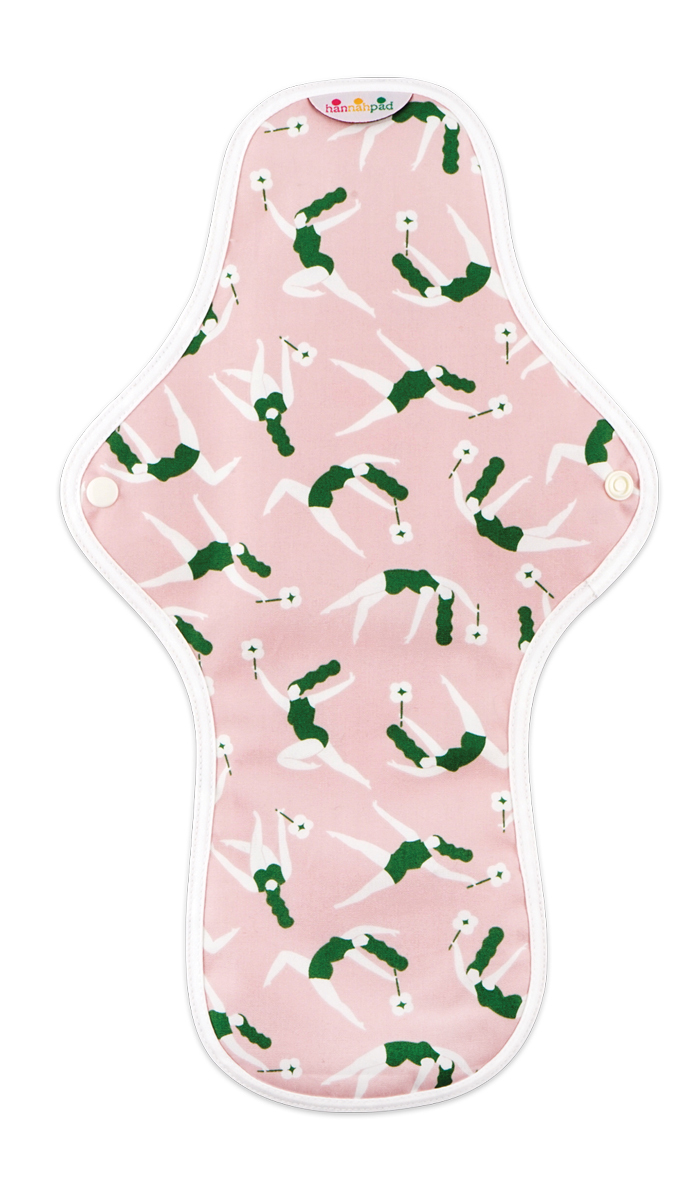
5. Reusable menstrual pads
Brands include: Hannah, EcoLadies, EcoPeriod, Love Luna
What it is: Washable cotton, bamboo and charcoal-bamboo menstrual pads that come in a variety of sizes and absorbencies, designed as an alternative to single-use pads. Most have a multi-layered core for extra absorbency, and some include a waterproof polyurethane outer layer, ‘wings’ that snap into place with press studs, and/or silicon dots that help them adhere to underwear.
Cost: Prices vary depending on size, absorbency and whether or not you buy them individually or in a multi-pack. Hannah brand’s organic cotton pads start at $12.95 for a pantyliner. Eco Period offers a pack of five regular-sized pads (26cm) and a carry bag for $94.40.
Suggested uses: These pads are designed to replace or supplement disposable menstrual pads. Depending on your preference, you can use them at all stages of menstruation or just at night in place of tampons. You can also use them as a pantyliner at other times of the month.
Pros: The biggest winner when it comes to washable pads is arguably the environment. If you menstruate, you’ll use roughly 11,000 pads or tampons over your lifetime, depending on your individual needs. The production of sanitary pads involves oil extraction and the processing and manufacture of low-density polyethylene (LDPE), with all the associated CO2 emissions. And once they’re disposed of in landfill, each pad is estimated to take 500–800 years to biodegrade.
If you menstruate, you’ll use roughly 11,000 pads or tampons over your lifetime
Washable pads don’t solve the problem entirely – they won’t last forever – but because you can wash and reuse them (Hannah claims its pads can be used for about two years, EcoPeriod guarantees its pads for 18 months) there’s much less plastic waste.
Another benefit, according to most reusable pad brands, is in the fabrication itself. Hannah pads, for example, use unbleached, undyed organic cotton on the surface of the pad that touches the skin, which may be beneficial to those with sensitivities.
Cons: Washing soiled menstrual pads may not please everyone, but most brands say you can put them in the washing machine after a light rinse in cold water. Regular use also requires a bit of planning, as you’ll need a secure bag to transport your used pads.
Period undies are another reusable alternative to single-use tampons and menstrual pads and are available from brands including Bonds, Modibodi, EcoPeriod, Thinx, LoveLuna and more. CHOICE is currently testing period undies – we’ll publish the results later this year.
Aimee’s experience
Aimee Sing, a 31-year-old doula and breastfeeding counsellor from the Blue Mountains, NSW, began using reusable menstrual pads after the birth of her first daughter in 2014.
“I was using cloth nappies [for my daughter] and I realised how easy it was to have this extra bit of washing and fit it in with the laundry,” she says.
At first she tried regular disposable pads for her postpartum bleeding but she found her skin had an eczema-like reaction to them. “I think it was probably the lack of breathability and plastic on my skin,” she says.
Later, she tried menstrual cups and period underwear, but didn’t find either particularly comfortable, so she moved to reusable pads. The first ones she tried were very ‘bare bones’ – “almost like a nappy inner that you stuffed in your undies,” she says. But she persevered and now has about 10 that she uses for every cycle – in a mixture of bamboo and cotton and all with a fleecy microfibre outer.
She says every one she’s bought – even from seven years ago – has gone the distance, and is still in rotation. “I just rinse them in a soak bucket and then wash them with my regular laundry,” she says.


